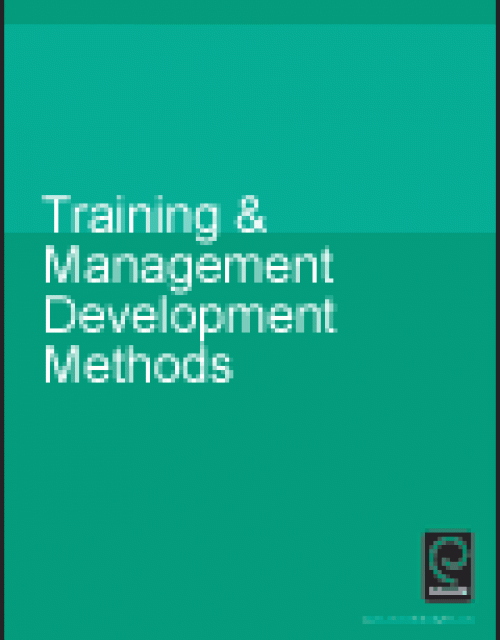We show that prices and incentives recommended by the salesforce literature when targeting a profitable segment can attract unprofitable customers, particularly when salespeople have high productivity and low risk (i.e., risk aversion times uncertainty). Therefore, when customers are unidentifiable, unprofitable customers may also enter the market creating an adverse selection problem for the salespeople. By solving the moral hazard and adverse selection problems simultaneously, we show that firms can prevent the entry of unprofitable customers by “screening”. Although, screening generally requires a higher price to dissuade unprofitable customers, when firms hire salespeople, however, it requires lowering of both selling effort and the price. It also leads to a “sales trap” restricting the sales to the profitable segment to a fixed level. Screening, therefore, lowers firm profits obtained from the profitable customers. When salespeople are highly productive and risk tolerant, this drop in profit can be so high that “accommodating” unprofitable customers becomes the preferred strategy. Furthermore, the adverse selection problem intensifies and accommodation becomes more preferable when there is no moral hazard between firm and the salesperson. Behavior of unprofitable customers, therefore, must be an important consideration when targeting high-value customers and designing salesforce compensation.
View all ESMT Working Papers in the ESMT Working Paper Series here. ESMT Working Papers are also available via SSRN, RePEc, EconStor, and the German National Library (DNB).
